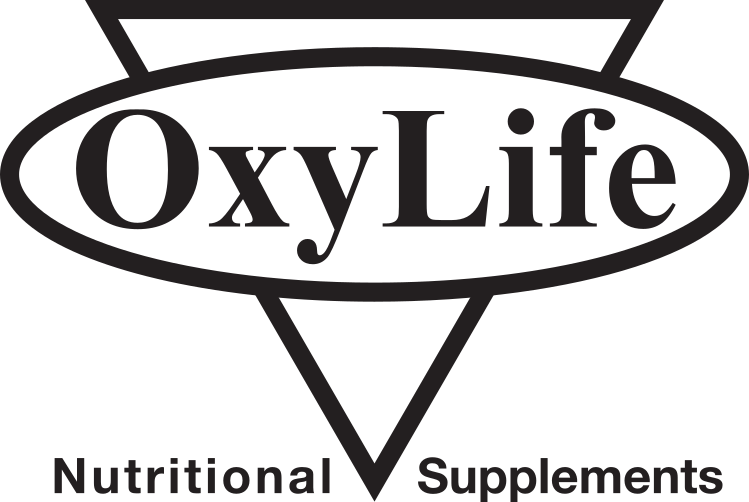- Home
- Shop
- New Product
- All products
- Anti-Aging Support
- Antioxidants Support
- Arthritis Support
- Blood Pressure Support
- Bone Support
- Cleansing & Detox Support
- CBD
- Diabetes Support
- Energy Support
- Female Support
- Fitness
- Heart Support
- Immune Support
- Liver Support
- Male Support
- Pain Support
- Personal Hygiene Support
- Sleep-Aid Support
- Stress Support
- Vision Support
- Vitamins & Minerals Support
- Weight Loss Support
- Well Being & Vitality
- Sample Products
- Specials
- Sample Products
- Blog
- About us
- Contact
- Home
- Shop
- New Product
- All products
- Anti-Aging Support
- Antioxidants Support
- Arthritis Support
- Blood Pressure Support
- Bone Support
- Cleansing & Detox Support
- CBD
- Diabetes Support
- Energy Support
- Female Support
- Fitness
- Heart Support
- Immune Support
- Liver Support
- Male Support
- Pain Support
- Personal Hygiene Support
- Sleep-Aid Support
- Stress Support
- Vision Support
- Vitamins & Minerals Support
- Weight Loss Support
- Well Being & Vitality
- Sample Products
- Specials
- Sample Products
- Blog
- About us
- Contact
Expiration Dates versus Manufactured Dates
Exp: 12/2018 Vs MFD 12/2018
January 1, 2018
Several of OxyLife’s products are now utilizing “manufactured dates” (labeled with “MFG” prior to the date) in the place of “expiration dates.” This change was made due in part to recent changes in labeling laws and requirements for the dietary supplement industry, and does not represent a change in the quality of OxyLife products. We at OxyLife continue to stand behind our products, but must also comply with ever-changing regulations as put forth by the FDA and Good Manufacturing Practices (GMPs). Enzymes and probiotics have differing levels of shelf-stability, and blending them creates an even more complex issue in terms of stability.
So how long do sealed, prepared OxyLife Supplements stay fresh and effective? Our products have typically been dated with a (2) two year expiration period, though they do not simply “go bad” at this date. It is simply a date that we can no longer guarantee the stated activity on the bottle.
In reality, many products have expiration dates that are simply arbitrary in the first place. In fact, the USDA does not require dating on most foods. Sell by dates are often confused with expiration dates, but in reality have nothing to do with safety, rather it is when the product should be taken off the shelf due to diminishing quality. Supplements and drugs have expiration dates, but that does not mean that one day prior to expiring the product is safe and one day after it somehow is not. In most cases, these dates are simply like that of food dates, a date in which the product may no longer be at its peak quality, but not necessarily all of a sudden unsafe.
In an ideal scenario, we would prefer to have both a manufactured date and expiration stamped on our bottle. There are pros and cons to having one or the other, but having both would be ideal since it would eliminate the cons outlined below. Having a manufacture date allows one to see how old the product in their possession truly is, but does not indicate how much longer of a shelf life it has. In the case of expiration dates it is near impossible to identify when a product was made. Some companies utilize expiration dates that exceed 3 or even 4 years. In these cases, receiving a bottle that shows a 2 years of remaining shelf life would mean that you have received a product that is already 1-2 years old. In other cases, some products may only have a 12 month shelf life, so receiving a product with 10 months of remaining shelf life may seem old, but in reality was only manufactured 2 months prior. As you can see, each way you go, both have their drawbacks.
One way that many companies are getting around this issue is by leaving a small footnote next to any stated activity that states “guaranteed at time of manufacture” and then placing a 2 year shelf life on their product. The problem with this tactic is that these companies are essentially saying that they cannot be held responsible if the product that you receive is void of any activity, even if it is a month old. We do not intend on ever utilizing this practice, but we do understand why certain companies have gone this route based on the ever-changing landscape of nutritional supplement regulations. Although we feel that there are better ways to go about labeling, we do admit that many companies undertaking this practice are not doing so to simply defraud the public, it is simply a matter of legal protection in a litigation-happy atmosphere.
We will continue to perform real-time stability testing with our products even while we are utilizing these manufactured dates. It is our intention to once again utilize expiration dates when there is a more clear-cut understanding as to what is expected for evidentiary support for expiration dates.
Product categories
- Arthritis Support
- Antioxidants Support
- Anti-Aging Support
- Blood Pressure Support
- Bone Support
- Cleansing & Detox Support
- Diabetes Support
- Energy Support
- Female Support
- Fitness
- Heart Support
- Immune Support
- Liver Support
- Male Support
- Pain Support
- Personal Hygiene Support
- Sleep-Aid Support
- Stress Support
- Vision Support
- Vitamins & Minerals Support
- Weight Loss Support
- Well Being & Vitality
- All products
- Cholesterol Support
- New Product
- CBD
© 2018 OxyLife Nutritional Supplement. All Rights Reserved.
